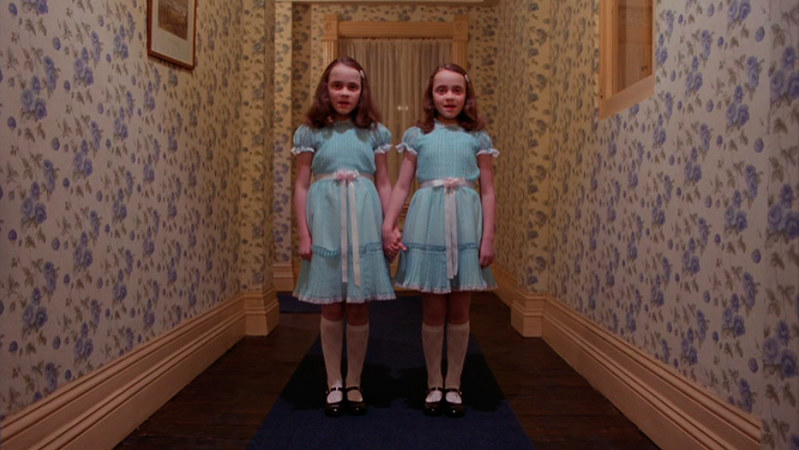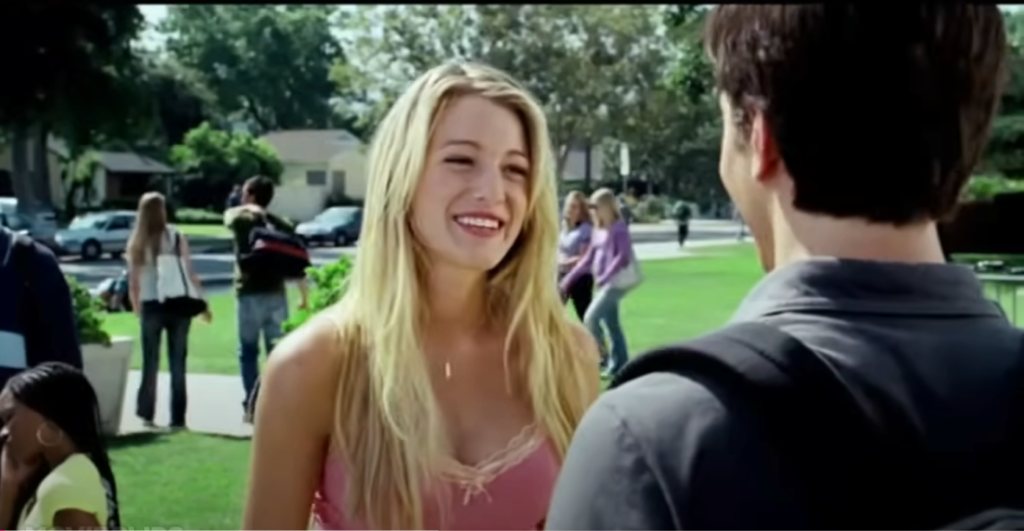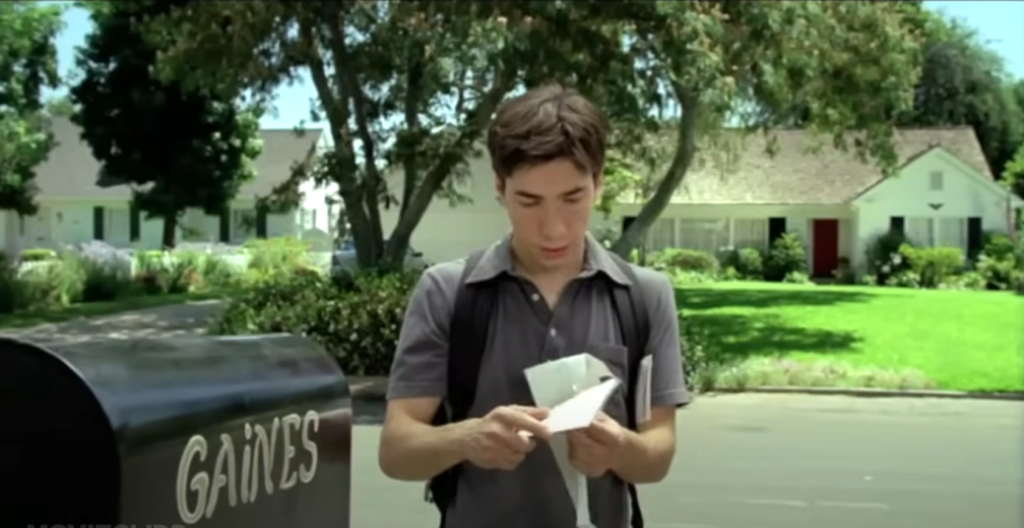The Power of Ambiguity
Ambiguity in cinema often leads to a captivating, lasting experience, leaving viewers to interpret and question what they’ve just seen. Rather than providing a concrete resolution, filmmakers use open-ended narratives to engage the audience long after the film has ended. This approach thrives in films like Inception and The Shining, where directors Christopher Nolan and Stanley Kubrick masterfully blur the lines between reality and illusion. In these films, ambiguity is not a flaw but a tool to deepen the emotional and intellectual engagement of the audience. This article explores how ambiguity in films enhances viewer engagement, invites endless interpretation, and turns simple plots into timeless discussions.
Christopher Nolan’s Inception: Dreams or Reality?
Inception is the quintessential example of cinematic ambiguity, especially with its infamous ending. The spinning top scene is the film’s most talked-about moment, where Nolan leaves the audience wondering whether protagonist Cobb (Leonardo DiCaprio) is still dreaming. The top teeters but doesn’t conclusively fall, blurring the distinction between dreams and reality. Throughout the film, Nolan uses dream layers, subconscious projections, and shifting realities to further complicate this line, with each dream feeling as tangible as reality itself.
By leaving the ending unresolved, Inception doesn’t just tell a story—it invites viewers to participate in its narrative. Is Cobb finally free, or has he accepted a dream world? The unresolved conclusion offers multiple interpretations, allowing each viewer to decide for themselves, sparking endless debates about the nature of dreams, reality, and even the characters’ arcs. This ambiguity is what makes Inception an unforgettable cinematic experience, one that continues to engage audiences well beyond the closing credits.
Stanley Kubrick’s The Shining: Psychological Horror and Unanswered Questions
Stanley Kubrick’s The Shining thrives on ambiguity, particularly when it comes to the psychological unraveling of Jack Torrance (Jack Nicholson) and the supernatural elements at the Overlook Hotel. The film never fully explains whether Jack’s descent into madness is purely psychological, influenced by the haunted hotel, or both. Key moments, like the appearance of the Grady twins and the mysterious woman in Room 237, leave viewers questioning whether these are hallucinations or real paranormal entities.
The final shot of The Shining—a photograph of Jack Torrance from 1921, despite the film taking place in the 1980s—adds another layer of ambiguity. Does it suggest reincarnation, or that Jack was always part of the hotel’s dark history? Kubrick deliberately leaves these questions unanswered, fueling speculation and analysis. By not resolving these elements, the film becomes an unsettling, immersive experience that stays with audiences long after they’ve left the theater. This ambiguity is key to the film’s lasting impact, cementing its place as a psychological horror masterpiece that invites viewers to grapple with its unanswered mysteries for years to come.
The Role of Ambiguity in Engaging the Audience
Ambiguity in storytelling captivates audiences by inviting them to actively participate in interpreting a film’s meaning. When a movie doesn’t provide clear answers, viewers are encouraged to form their own theories, leading to a more personal connection with the narrative. Films like Inception and The Shining masterfully use ambiguity to leave plot points unresolved, transforming the viewing experience into an intellectual puzzle. This open-endedness ensures that audiences remain engaged long after the film ends, discussing possibilities, revisiting scenes, and offering new insights.
The psychological appeal of ambiguity is rooted in human curiosity and the desire for closure. Yet, when that closure is withheld, it creates a lingering tension that prompts viewers to keep thinking about the film, leading to multiple viewings. For instance, the ending of Inception, with its spinning top, has sparked endless debates about whether Cobb is still dreaming or not. Similarly, The Shining’s final photograph of Jack Torrance leaves the audience questioning the supernatural elements of the Overlook Hotel. These moments draw the viewer in, transforming them from passive spectators into active participants, as they piece together clues and grapple with the film’s deeper meanings. Ambiguity enhances audience engagement, ensuring the story stays relevant and thought-provoking long after the credits roll.
Ambiguity as a Storytelling Tool: More Than a Gimmick
For directors like Christopher Nolan and Stanley Kubrick, ambiguity is not a gimmick but a deliberate storytelling tool used to reflect the complexity of the human experience. These filmmakers use ambiguity to mirror themes of uncertainty, identity, and the subjective nature of reality. In Inception, the unresolved question of whether Cobb is still dreaming reflects the film’s exploration of memory and perception, while The Shining uses supernatural ambiguity to intensify Jack Torrance’s psychological breakdown, leaving the line between reality and madness blurred.
Ambiguity can add depth to a story by acknowledging that not everything in life is clear-cut or neatly resolved. This complexity is what makes these films feel more profound, as they reflect the chaotic and often ambiguous nature of real-world experiences. Other films, such as Mulholland Drive and Donnie Darko, also employ ambiguity effectively, allowing viewers to interpret the story in multiple ways, each as valid as the other. These open-ended narratives challenge audiences to think critically, leaving room for emotional and intellectual engagement that elevates the film beyond simple entertainment.
The Endless Debate: Why Ambiguity Works
Ambiguous films like Inception and The Shining remain iconic because they invite ongoing debate and multiple interpretations, keeping them culturally relevant and timeless. The open-endedness of these films allows audiences to project their own experiences and emotions onto the story, leading to a wide range of interpretations. This variety of perspectives keeps the conversation alive, as each viewing offers the possibility of discovering new meanings and connections.
In Inception, the ambiguity of the spinning top challenges viewers to question the nature of reality and what constitutes a satisfying resolution. Is Cobb still in a dream, or has he finally found peace? The film’s refusal to answer definitively gives it a mystique that encourages repeat viewings and fuels endless discussions. Similarly, The Shining’s unresolved supernatural elements—like the final photograph or the Grady twins—leave the audience questioning the true nature of the Overlook Hotel. These open questions invite speculation, keeping the film relevant decades after its release.
Ambiguity also allows films to age well, as each generation of viewers can bring their own interpretations to the narrative. By refusing to tie up all loose ends, these films become richer with time, as the lack of concrete answers adds to their enduring mystique. Ambiguity turns films into intellectual exercises, making them more rewarding with each viewing and solidifying their place in cinematic history.
The Legacy of Ambiguous Storytelling
Ambiguity in storytelling creates a deeper connection between the audience and the film, encouraging ongoing debate and interpretation. Directors like Christopher Nolan and Stanley Kubrick have mastered this technique, creating films that challenge viewers to think critically and engage with the narrative on a personal level. By leaving certain plot points unresolved, these filmmakers ensure their stories remain fresh and thought-provoking, even years after their release.
The enduring appeal of ambiguous films lies in their ability to grow with the audience, allowing each viewer to find their own meaning. As the lines between reality and fiction blur, these stories leave lasting impressions, proving that sometimes, the questions a film raises are more important than the answers it provides. Ambiguity in cinema continues to captivate, offering a rich, immersive experience that keeps viewers coming back for more.



